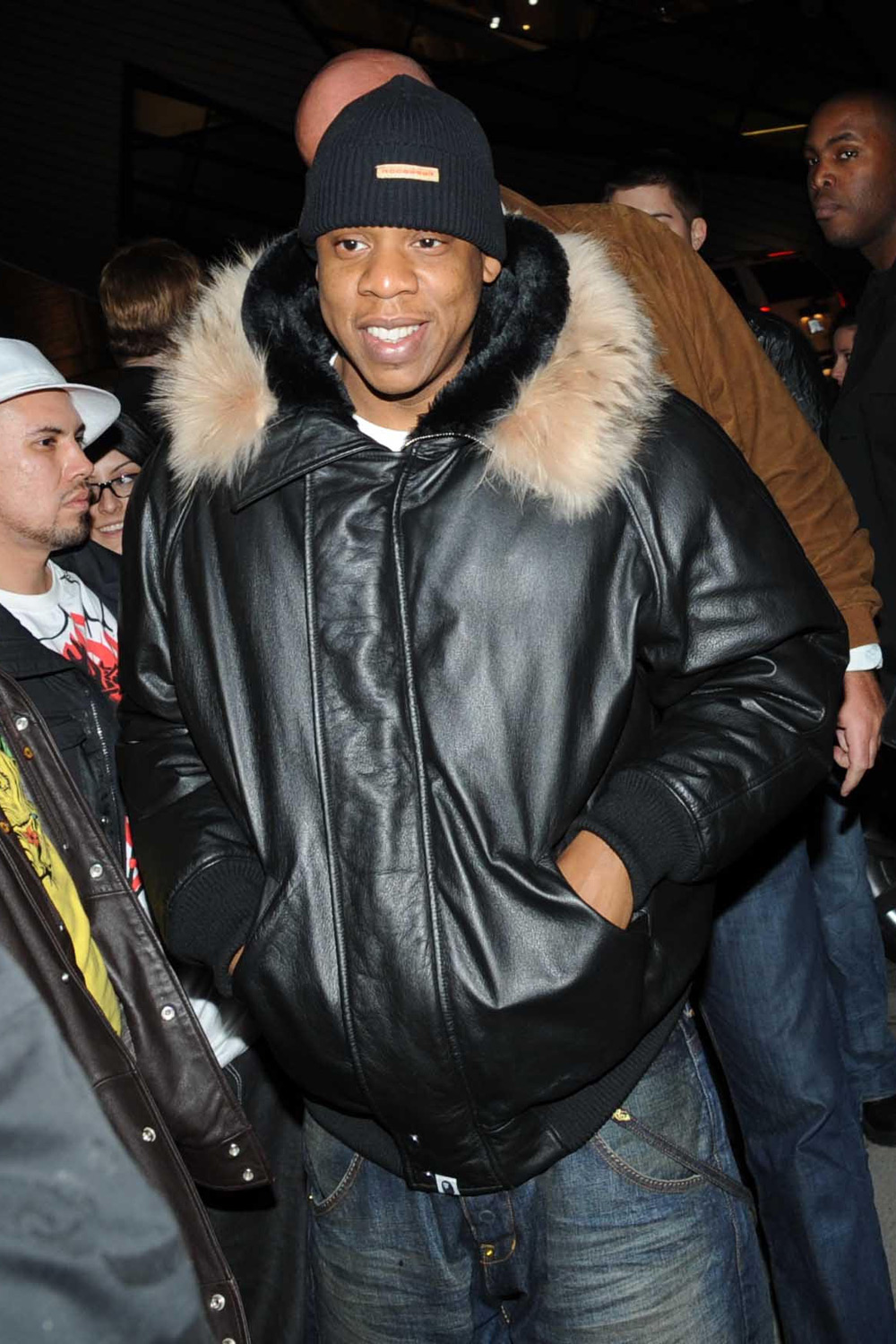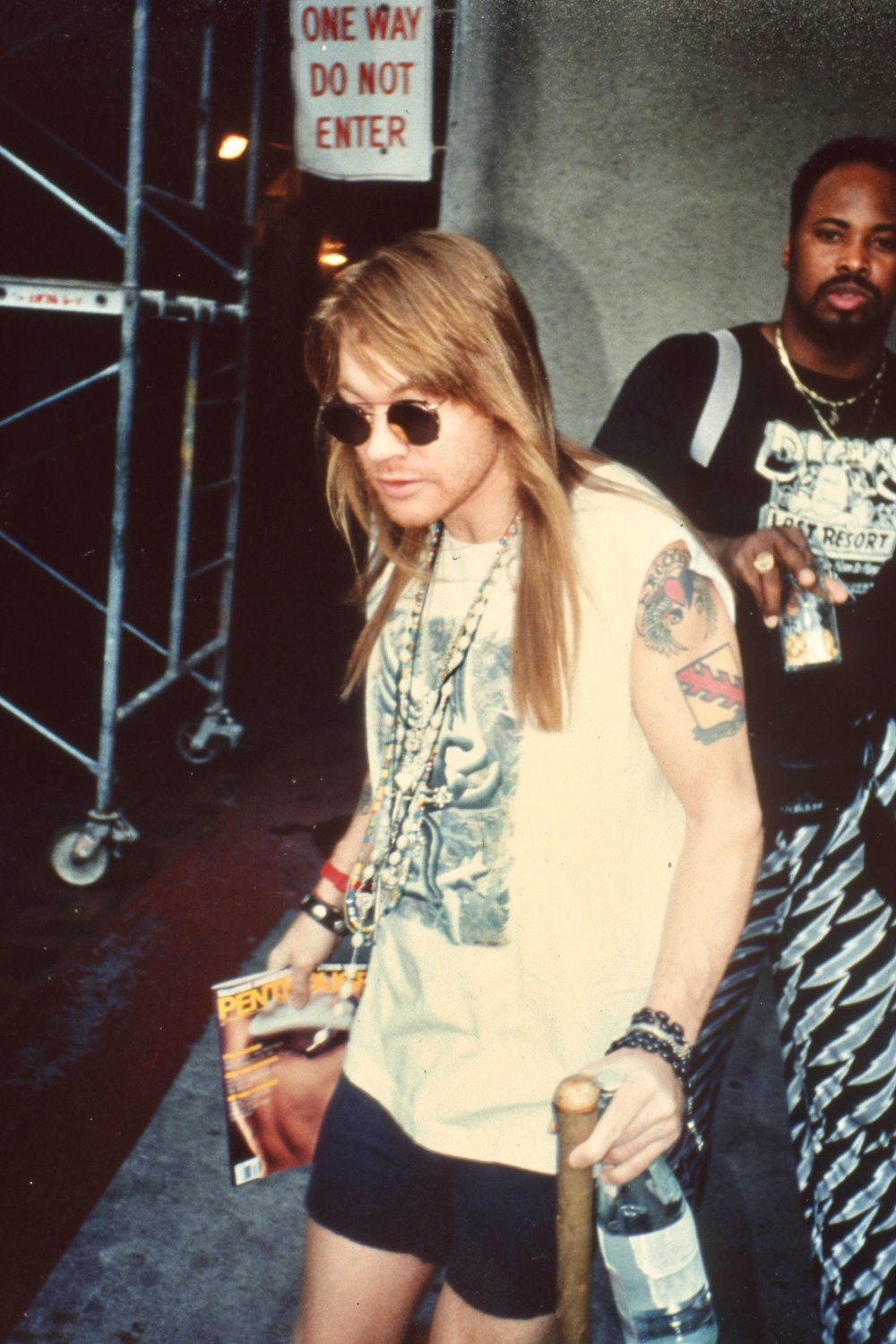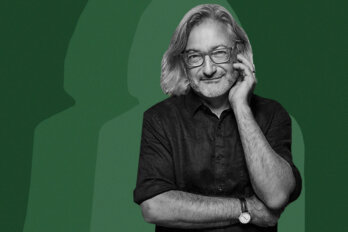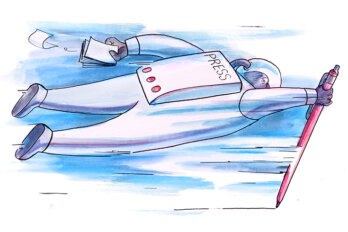I shot Queen at Maple Leaf Gardens, in downtown Toronto, in 1982, when I was fourteen. I had brought my uncle’s camera with me only because my cousin said it would be a good idea. It was. The concert hall was packed with fans, and even though I was quite tall for my age—and just five to seven rows back from the stage—I had to stand on my seat to snap the pictures I wanted.
I took those images to get processed at the Japan Camera shop that used to be on Yonge Street, and I waited in one of those shops that sells posters to rock-and-roll heads. The guy working the counter had been at the Queen concert too, and when I told him I’d taken pictures, he offered to buy a roll for $150. It was a lot of money for a kid.
And, for the many years after that, shooting live music is what I did.
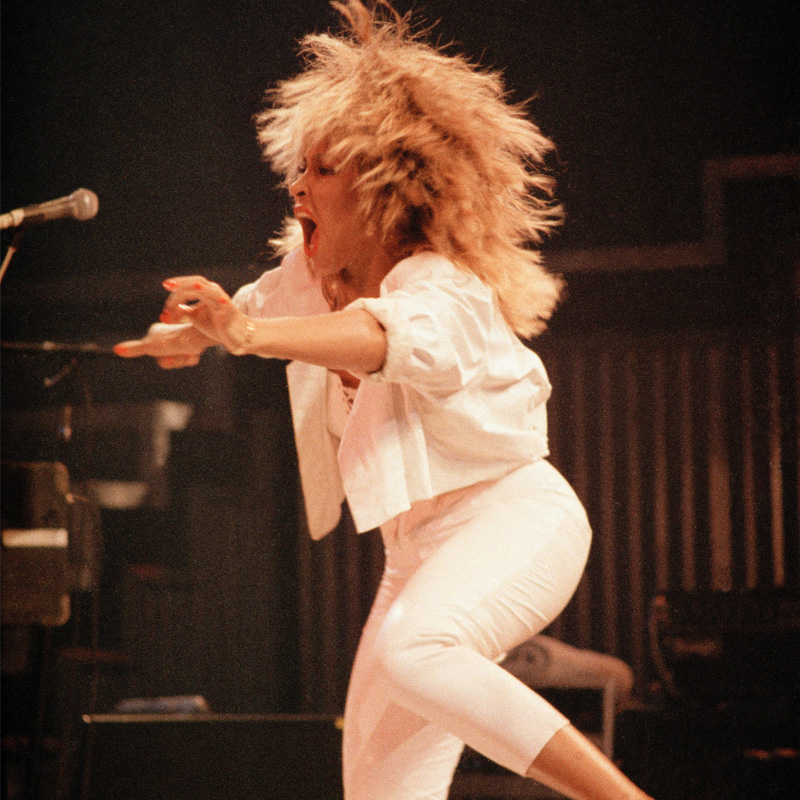
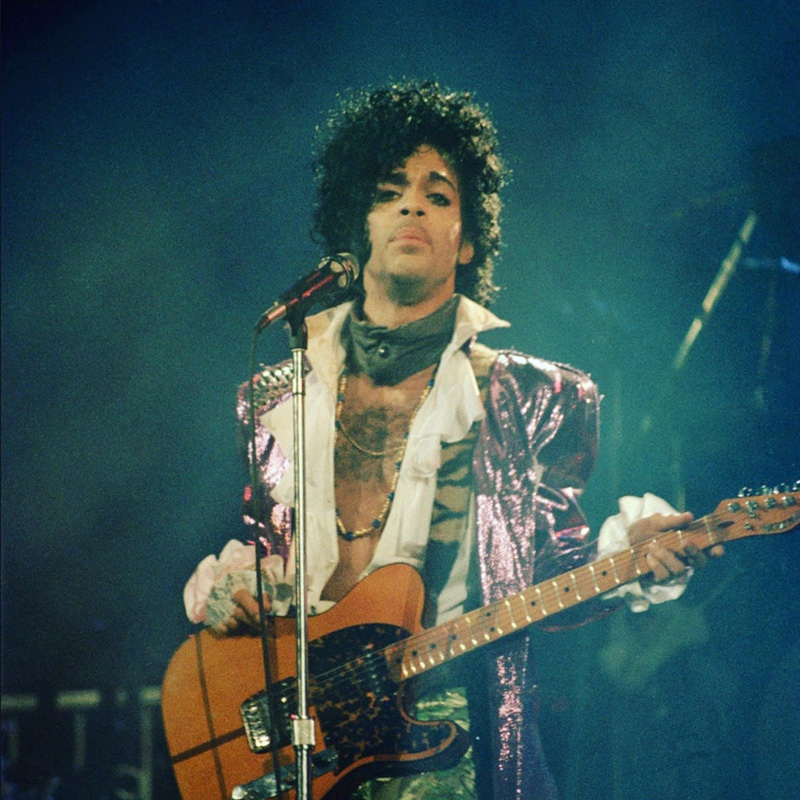
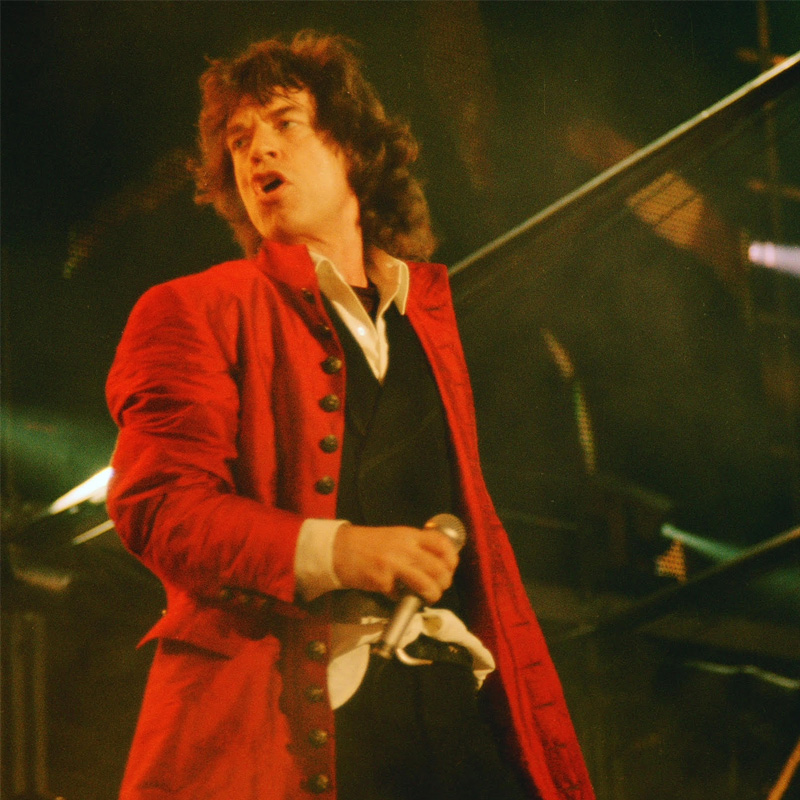
I went from photographing concerts to being a trusted insider, someone artist managers and labels would call and ask to photograph their touring acts, which involved taking backstage images of stars. I photographed everyone at their best. To me, the 1980s was a time when musicians were at their peak. Prince had Purple Rain; Madonna had Like a Virgin; U2 had The Joshua Tree; and David Bowie was everywhere. I photographed Whitney Houston when she was still young, before people all over the world were paying attention to her. She laughed through the whole shoot. I got these great little private moments with Paul and Linda McCartney, backstage at the SkyDome (now the Rogers Centre) before a concert, where they were just goofing off for the camera, having a good time. There was this moment in Las Vegas when I was shooting U2: we were all hanging out backstage, and Bono came in to say they were going down to Fremont Street to shoot the video for “I Still Haven’t Found What I’m Looking For.” They filled a shopping cart with all the audio equipment, and then it was just the videographer, the band, and me, walking down this street in Vegas, and I got a great sequence of images.
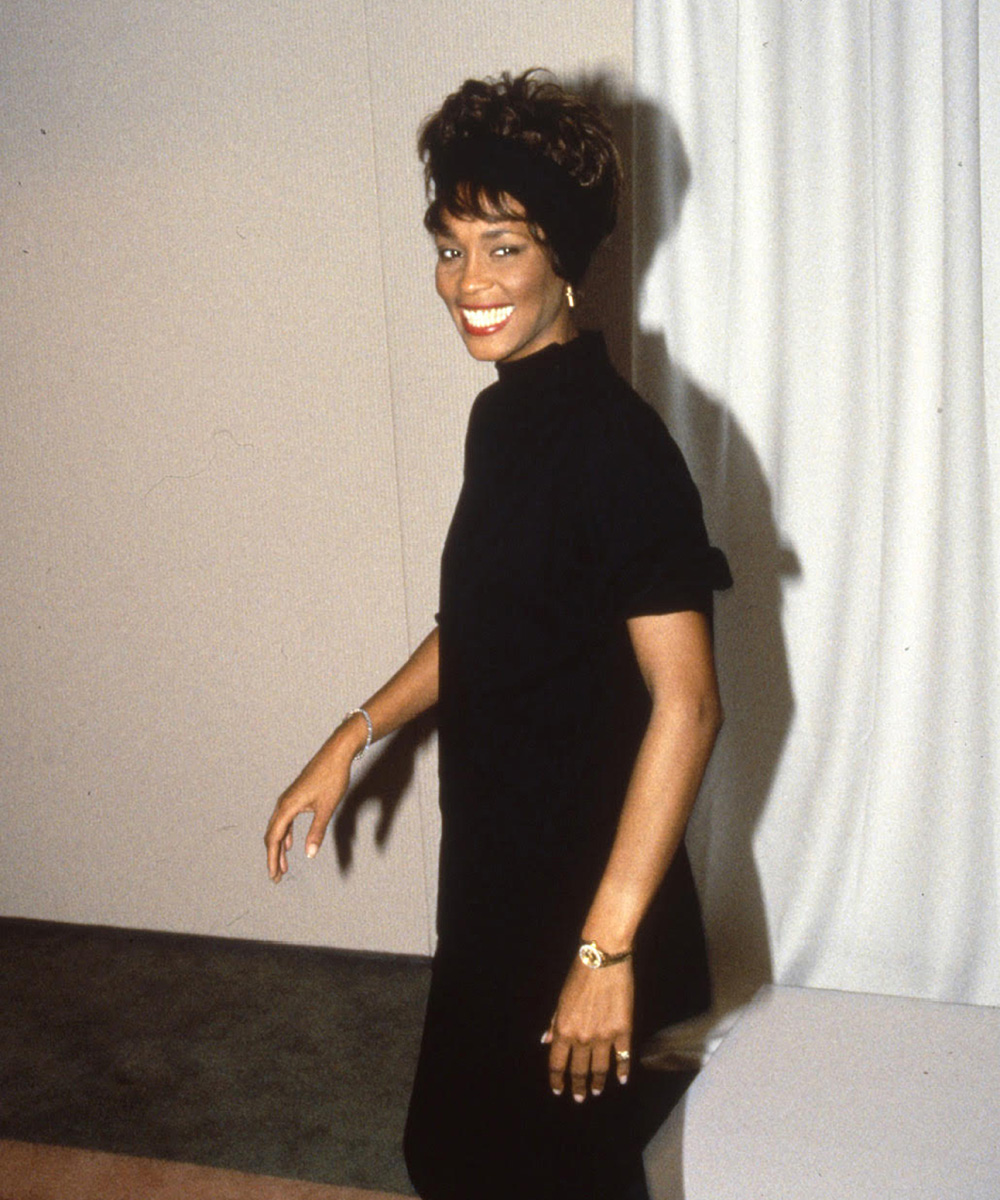
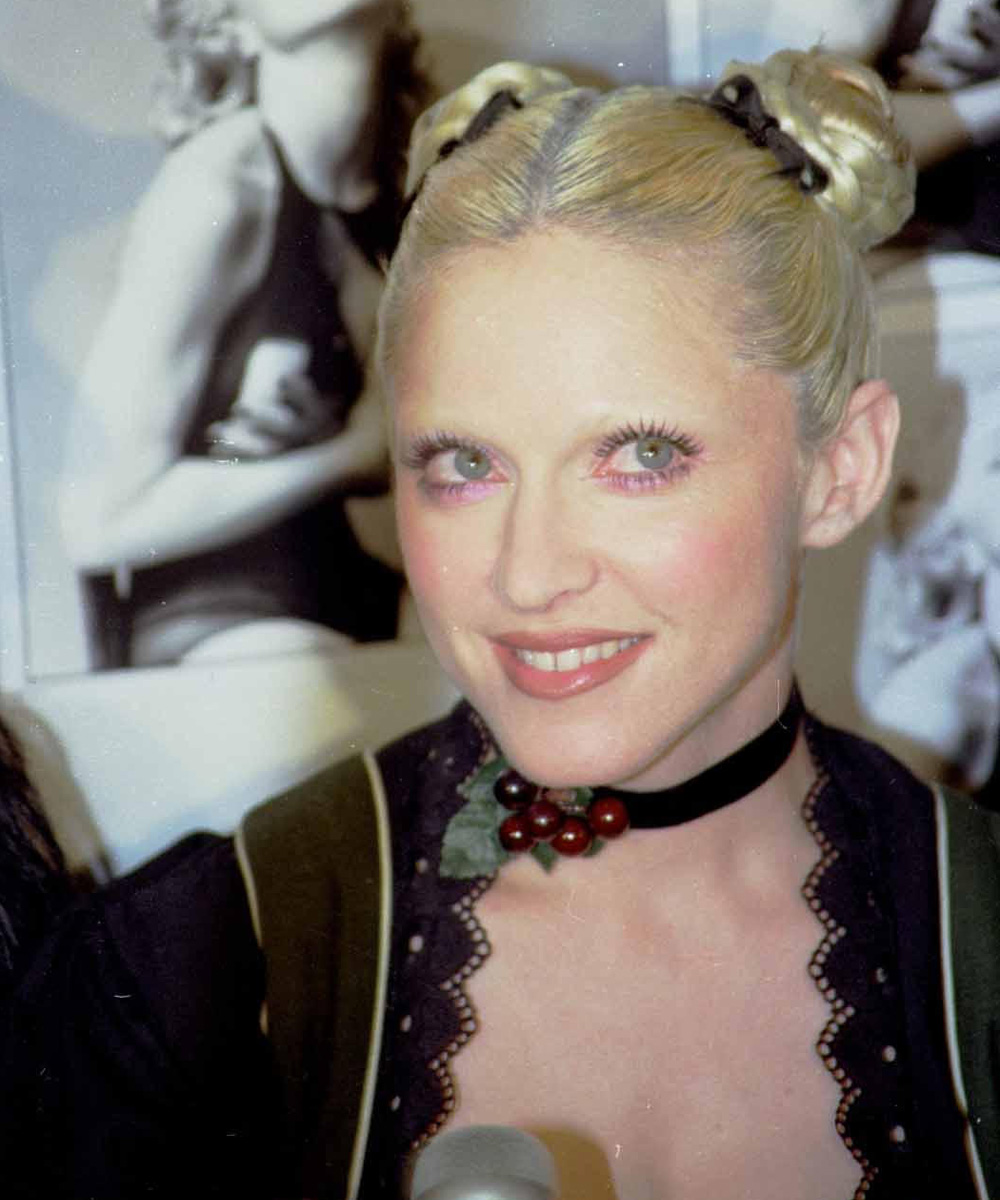
For the last twenty-five years, all these old film images have sat in Kodak vaults. I wanted to keep them protected from the environment. But, decades later, there’s been a renewed interest in work like mine. I think a big part of it is nostalgia for a bygone era.
Social media imploded the whole business model. Twitter arrived in the middle of my time working with Paris Hilton, in the mid-2000s, when she was still taking pictures of herself on a digital camera. At the time, I was doing double-page spreads in the Toronto Star’s Sunday entertainment pages, and I thought, I should watch out for this social media thing. And it turned out that Instagram was on the horizon. Celebrities were becoming their own news sources. In some ways, it eventually took away the real-life quality of celebrity images because it gave them, and their PR teams, more control over their messaging—announcing breakups or new albums on their own terms. Empowering, perhaps, but less authentic. I don’t sell pictures to newspapers anymore; I put them on Instagram. And my archive has found new life being exhibited outside the gallery system, in coffee shops, restaurants, hotels, and private residences. The music industry isn’t what it used to be. But, back then, I was right on the pulse of popular culture. I always just happened to be there—the guy with the camera.
As told to Connor Garel. This interview has been edited for length and clarity.
